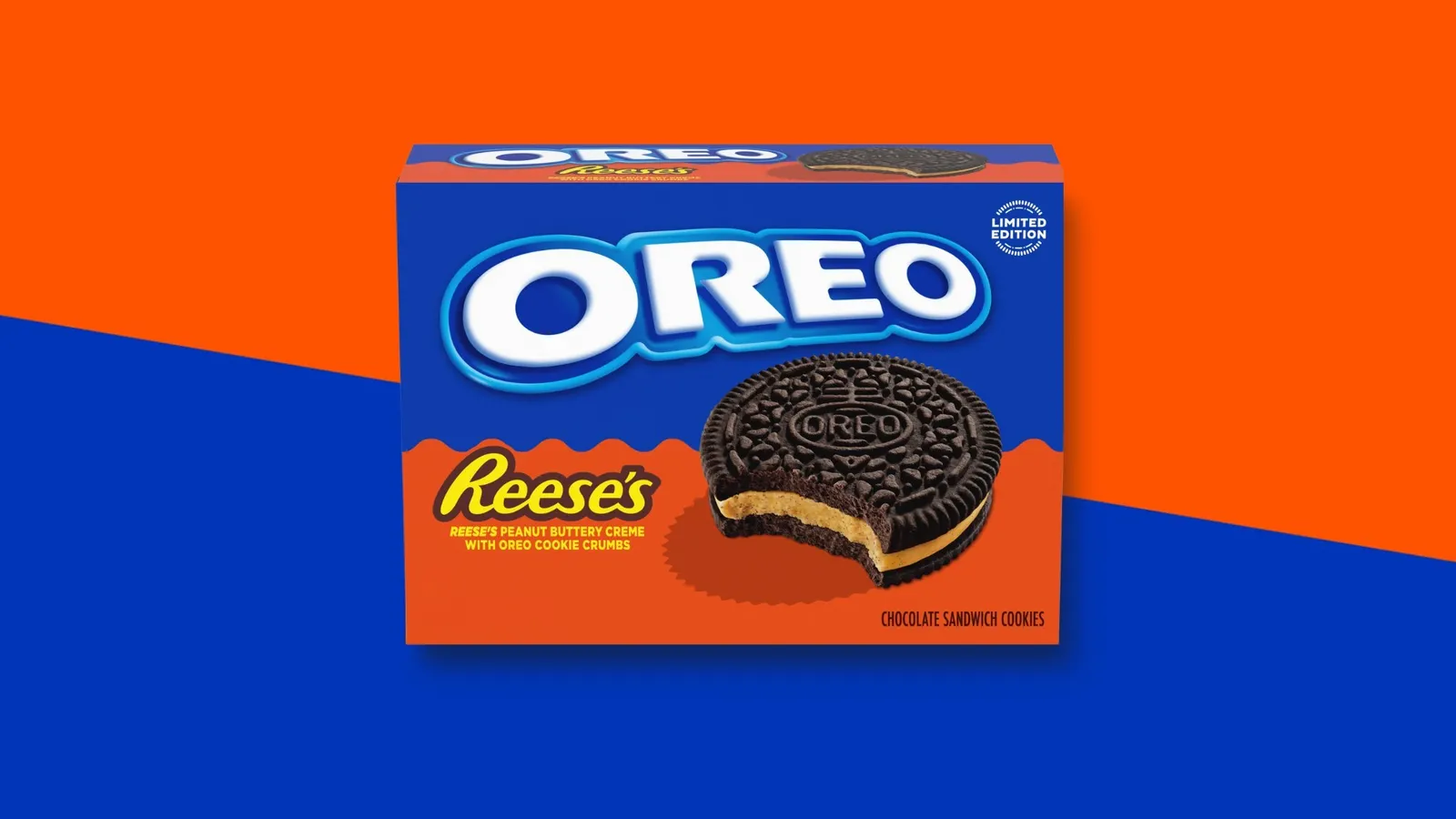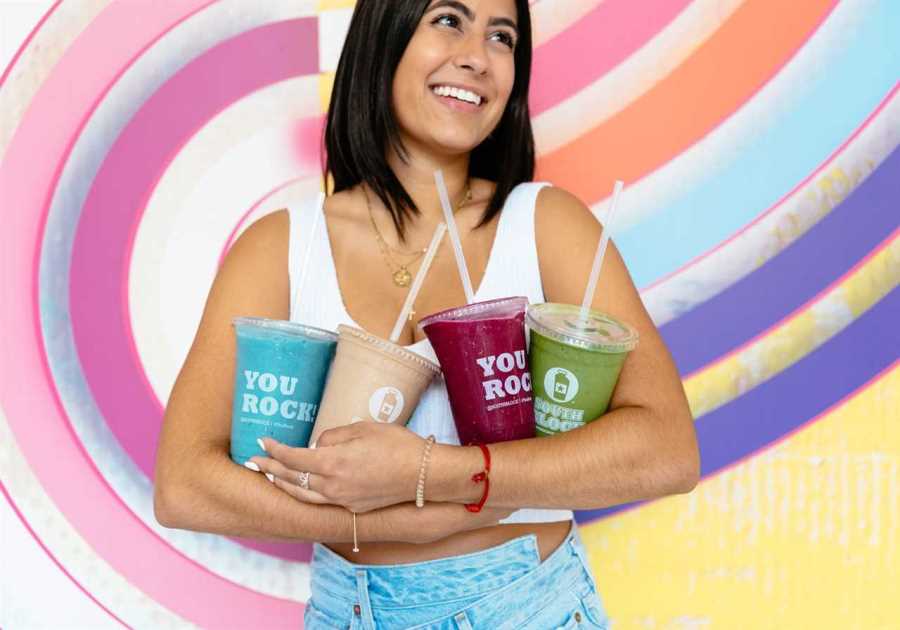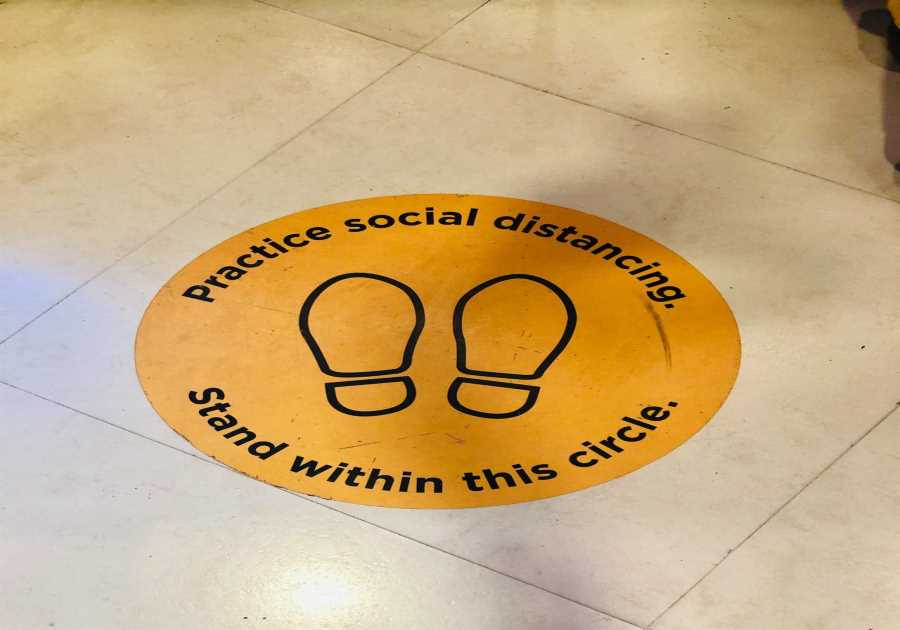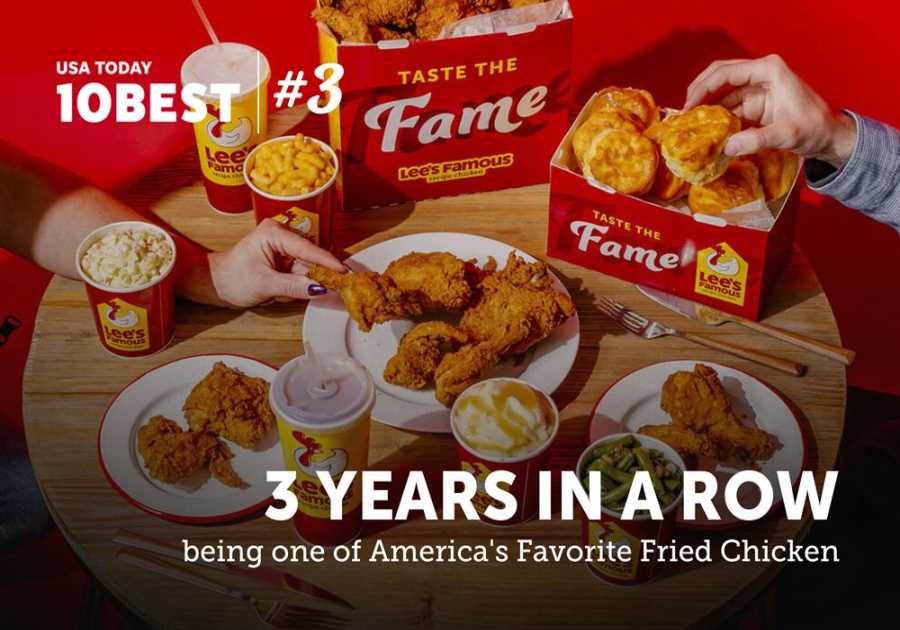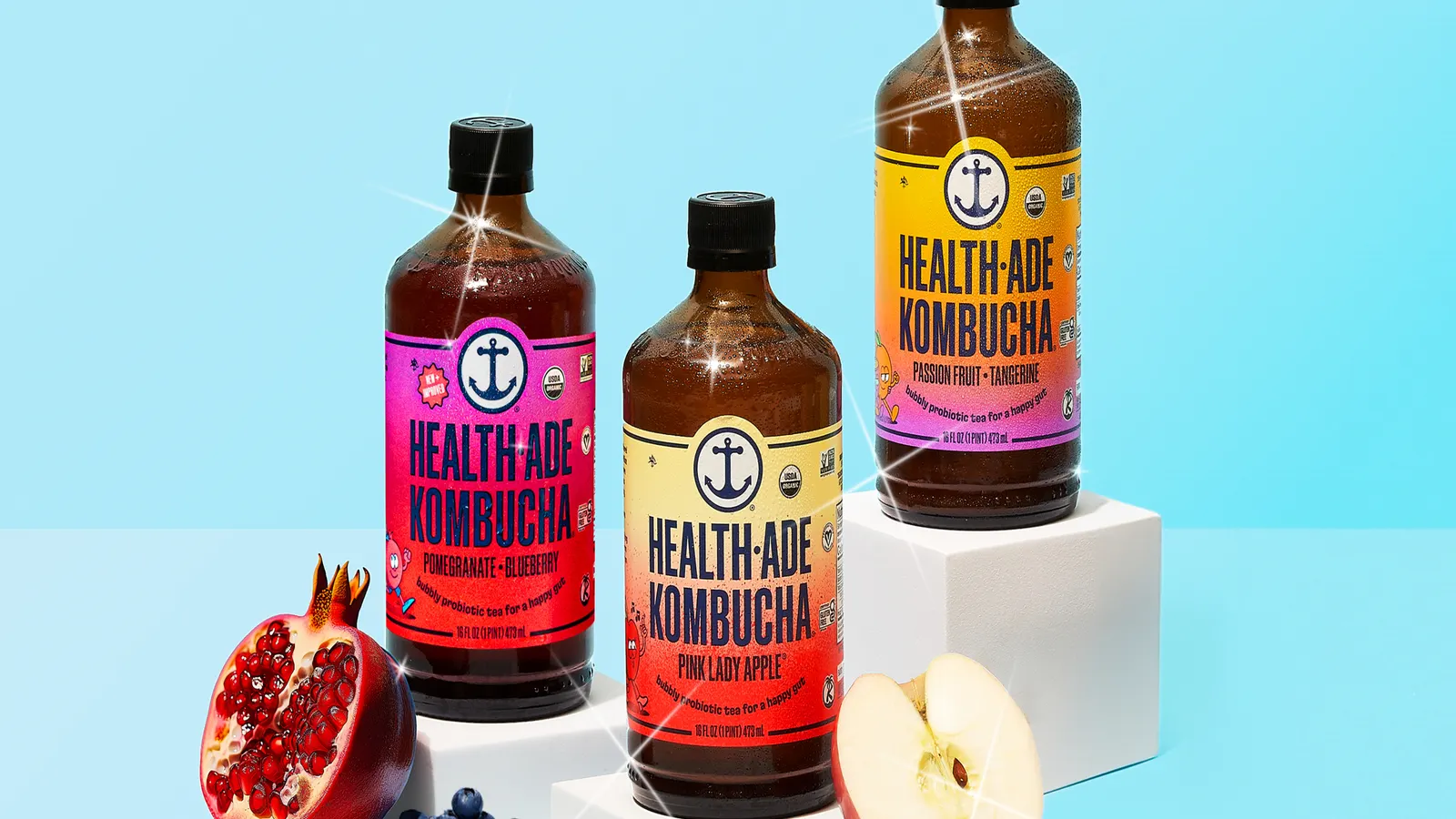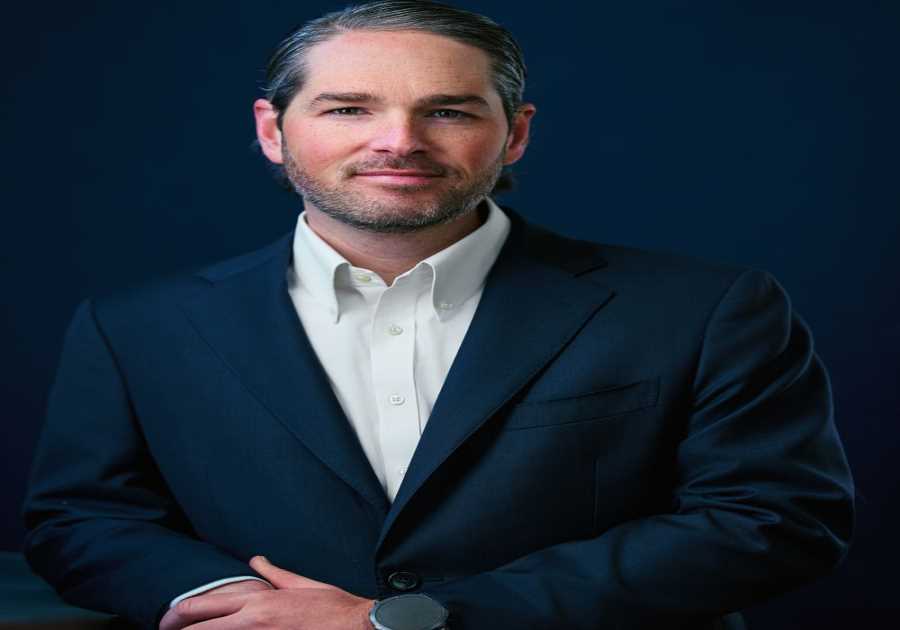For more than a quarter-century, Cheba Hut has been building a brand that's identified as much by its "toasted" sandwiches as its deeply ingrained mural program. What started as a simple concept has evolved into a cornerstone of the brand's identity, fostering a loyal cult following. Cheba Hut recently released a Mural Look-Book that celebrates these artist partnerships and how this unconventional design approach supports both culture and community in each location.
To learn more about the mural progran's history and the impact of the brand's art-forward design approach, shedding light on how these unique visuals foster genuine connections with their customer base, Modern Restaurant Management (MRM) magazine reached out to Seth Larsen, the company's Chief Relationship Officer. The accompanying video features a conversation with master muralist Finley.
What is the history of Cheba Hut’s mural program and how do the murals contribute to the brand’s cult-like following?
Murals have been a large part of Cheba Hut for over 27 years. Over time, the quality and detail of our murals have evolved, but the heart of the program has stayed the same. Each piece captures something local and meaningful about the community we’re in.
Each mural is a one-of-a-kind experience, and that authenticity has become a core part of our cult-like following.
Whether it’s historical references or iconic moments, every mural has layers. There’s the surface level, and then there are hidden Easter eggs for people to discover that are unique to the brand or the specific market.
We don’t do vinyl prints; we only commission hand-painted, custom murals. You won’t find the same five templated pieces rotating through our shops like some other brands. Each mural is a one-of-a-kind experience, and that authenticity has become a core part of our cult-like following.
How are themes or concepts for murals in each location chosen to ensure they authentically represent the local community as well as the brand?
Every mural is curated and executed by hand, right on the wall—and that alone brings a level of authenticity you can feel. The creative process can be a challenge, though. You want to get the best out of the artist, but you also don’t want to dilute their style. That’s why it’s so important that the process is collaborative between the shop owner and their chosen artist. Together, they brainstorm, research, and uncover the unique nuggets that make that community special.
Art and music have always been a significant part of Cheba Hut’s DNA, and our mural program lets us lean into that. There’s no better way to tap into a market than by having a local artist execute the mural, and then obviously they're telling their inner circle about it, and their art friends are down at the local brewery, and then that story kind of builds and builds. That organic, local buzz is what we aim for in every city at every Cheba Hut location. The opportunity to change the mural every five to seven years also gives the shop a fresh look and keeps the space dynamic. Even though the cost has gone up, it’s worth every penny.
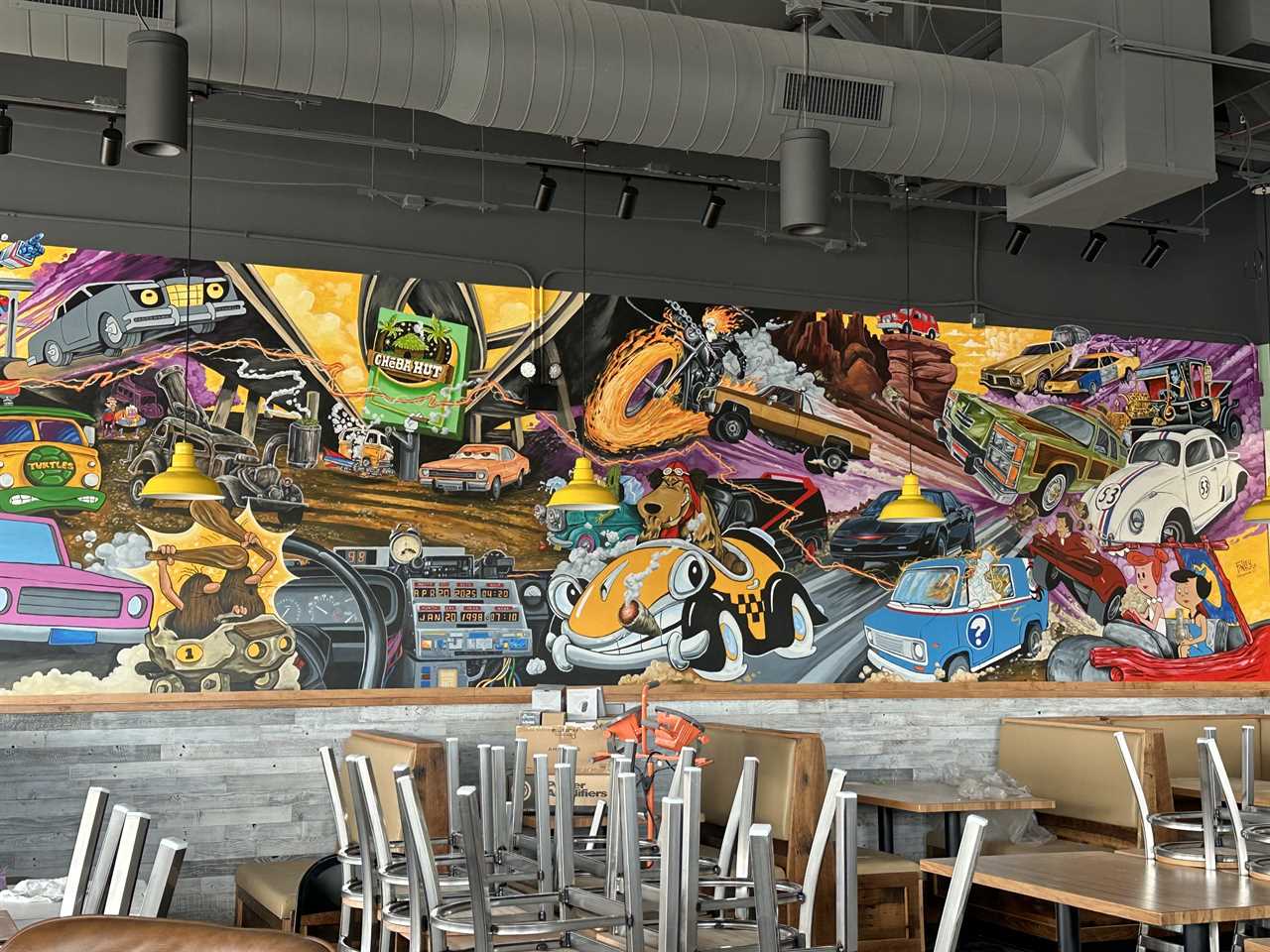
How do you find artists and how much creative freedom do they have?
We find artists in a variety of different ways, through recommendations, community connections, and social media. The art world runs on relationships, and maybe a franchisee uses the same artist for their second shop, or someone at a local business gives us a great lead. Scrolling through social and seeing who’s making waves helps too. Not every artist is the right fit for us, and we won’t be the right fit for everyone either, but when the connection is right, it works.
Art and music have always been a significant part of Cheba Hut’s DNA, and our mural program lets us lean into that.
Artists are a unique bunch—they might work weird hours or not be the most prompt communicators, but that’s part of the package. We just set clear expectations from the start. We’ve built a strong portfolio of murals over the years, each one custom to its market, and we feel proud about that.
Can you share a story about a specific mural that had a particularly strong impact on the local community or customer base?
Honestly, they’ve all had an impact in their own individual way. We’re not a brand that tries to please everyone—art is meant to make you think, and that’s the energy we aim for. April 20th is a big holiday for Cheba Hut, and this year, I stopped by our Aurora, Colorado location. The shop has a strong hip-hop and street culture vibe, and artist Joshua Finley captured that beautifully. He honored old-school rap legends from Kid ’n Play, to Rakim, and even Nas—and, of course, we wove in Cheba elements too. It is a very powerful and personal piece.
Another one that always gets attention is in Longmont—not even in our building, but the one next door. The artist, GMA, who also did our in-store mural, used freehand spray paint and no stencils to depict four generations of women braiding each other’s hair. A great-grandmother, grandmother, mom, and child. It’s stunning and people constantly comment on it. That’s the kind of storytelling that sticks with people and prompts them to come back.
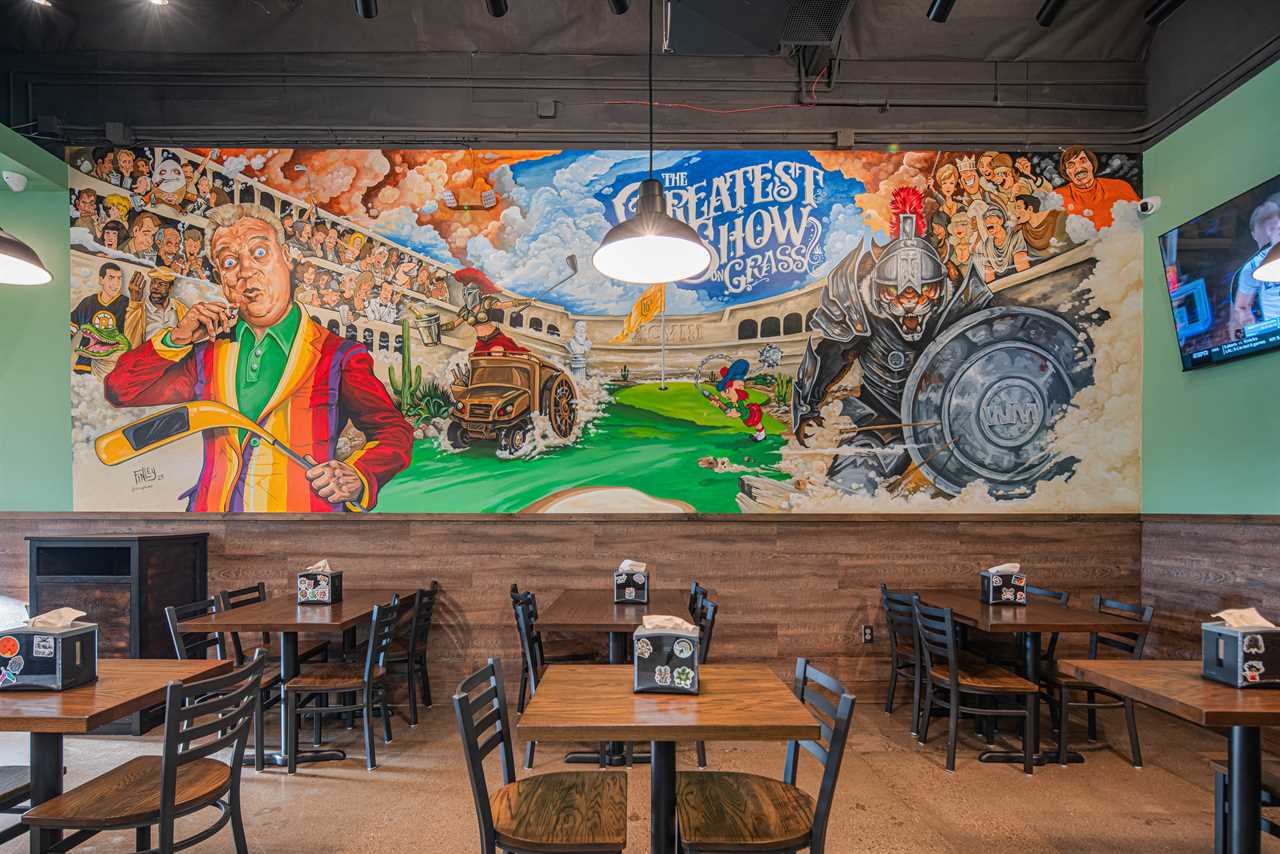
What kind of customer engagement do the murals receive and how do you measure impact and return on investment?
It’s tough to pin down a hard ROI for something like a mural, but when you’re building a shop and you invest $10,000 into what becomes the centerpiece of the dining room, that’s a real bang for your buck. Even if it’s not easy to quantify, the emotional and visual impact is undeniable.
Our murals give people a reason to show up, snap a pic, and tell a story.
I’m a collector and I love talking about art and following it, and sometimes I’ll see quotes from artists that feel high, and I’ll think, “No way this franchisee goes for that,” and then they do because they get it. The mural means something to them. They’re not nickel-and-diming the art; they’re excited about it. They’ll bargain over an oven, sure, because it’s not sexy or customer-facing. But murals? They know it matters to the vibe and the customer experience. That speaks volumes.
How has the emergence of social media platforms impacted the marketing and promotion of murals as they are very visually exciting and can now have more customer reach and engagement?
Since March of 2020, consumer behavior has shifted. A lot of brands are cutting back on in-store investment and going all-in on digital, but we’ve always done things differently. Yes, we love digital sales and meeting customers where they are, but people still crave real-life experiences. They want to feel the brand. They want to be surrounded by culture, art, music, amazing people—and that’s something ChebaHut delivers bar none.
Our murals give people a reason to show up, snap a pic, and tell a story. That emotional connection, that authenticity, it still matters. We're always zigged when everyone else is zagging, and that’s what will keep us thriving over the next five years.
Is the lookbook being offered for sale or used for any charitable purpose?
Right now, the lookbook isn’t for sale. We use it more as a surprise-and-delight moment, handing out copies to folks who visit HQ or ask about it. It’s a cultural piece, not a profit play. We think the art world needs more of that. More sharing, more celebrating, more connection. That’s what the book represents for us.

